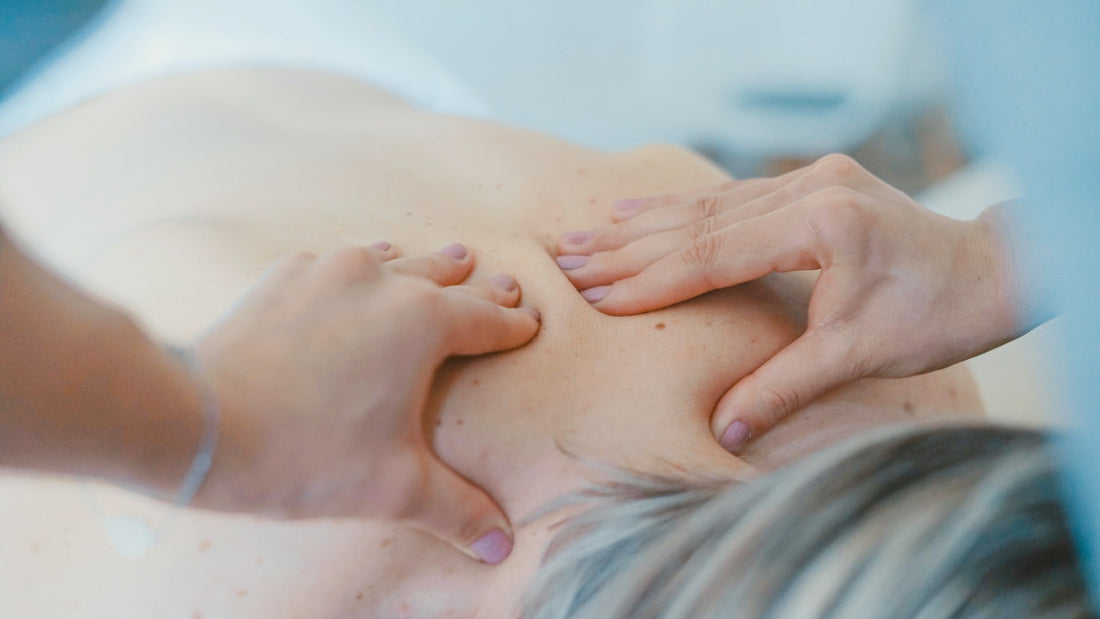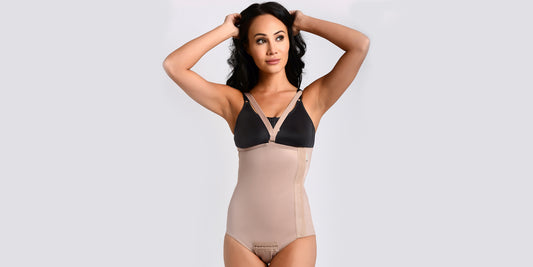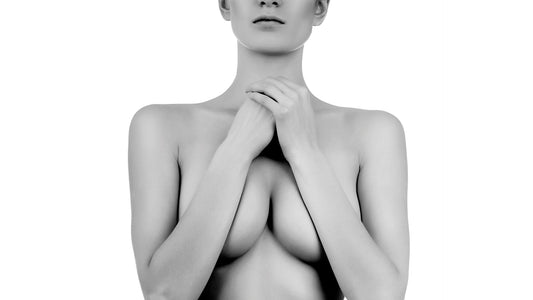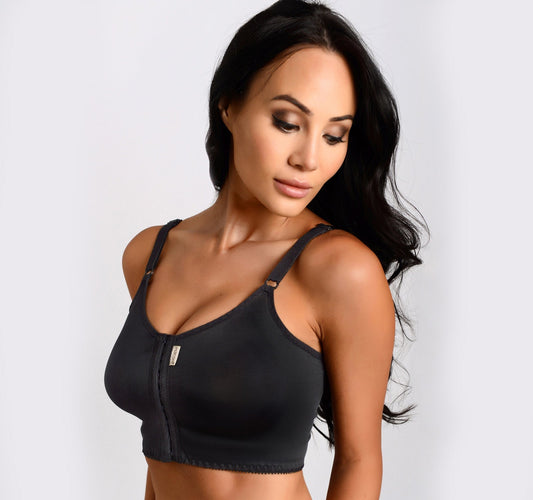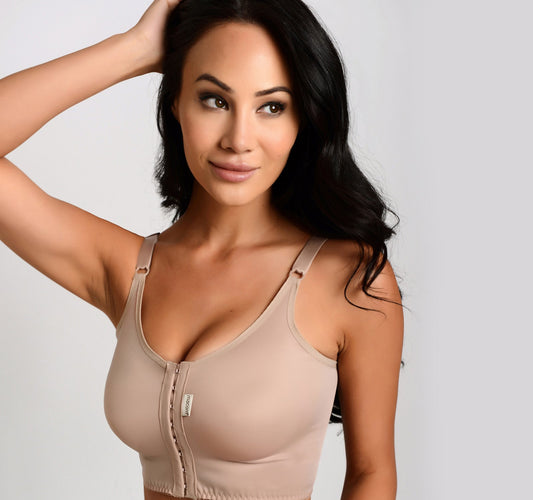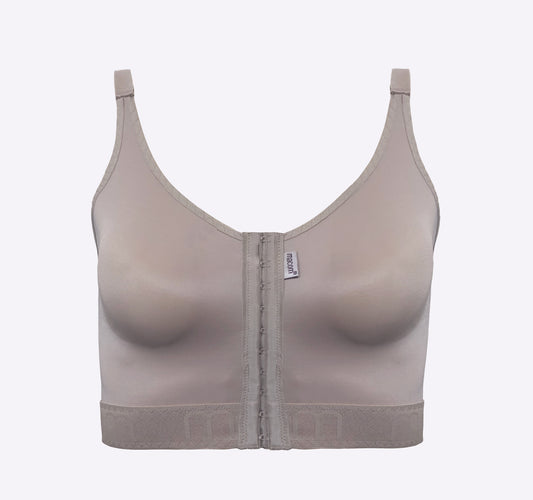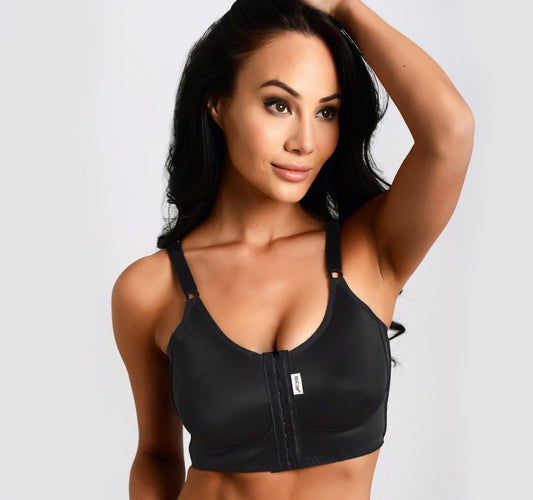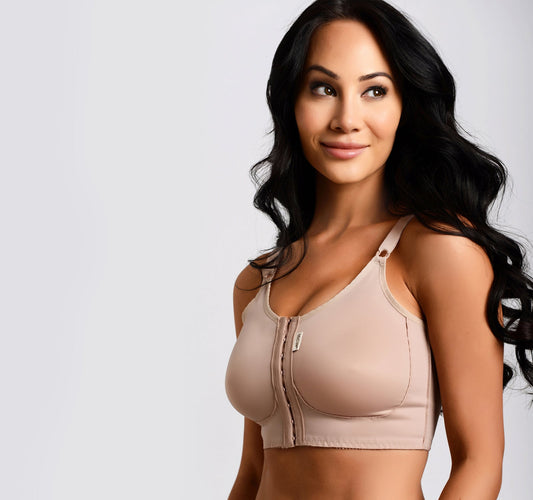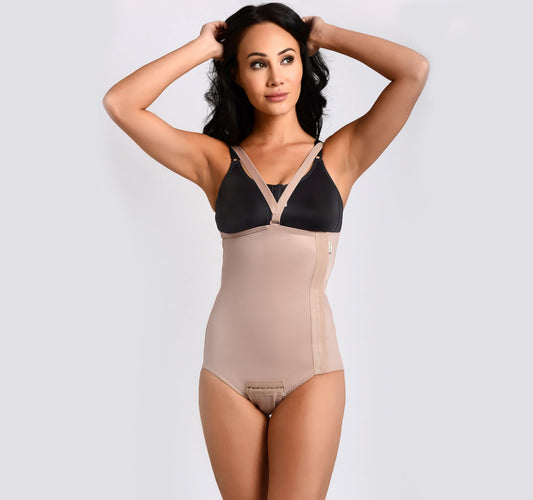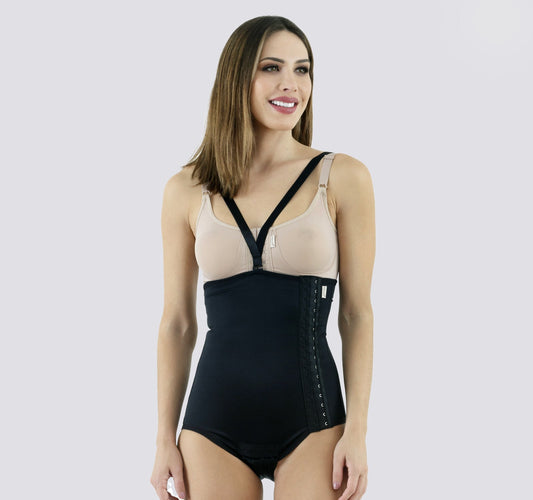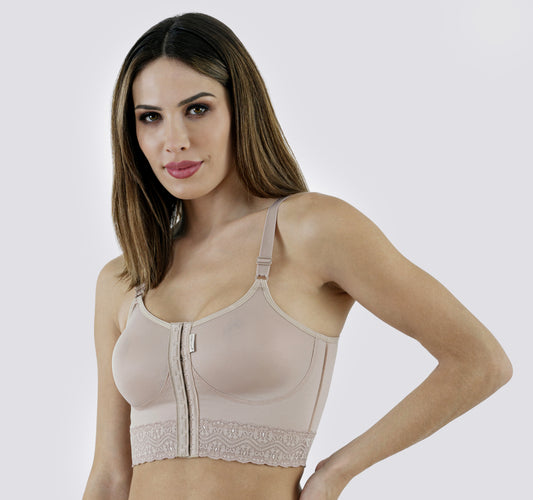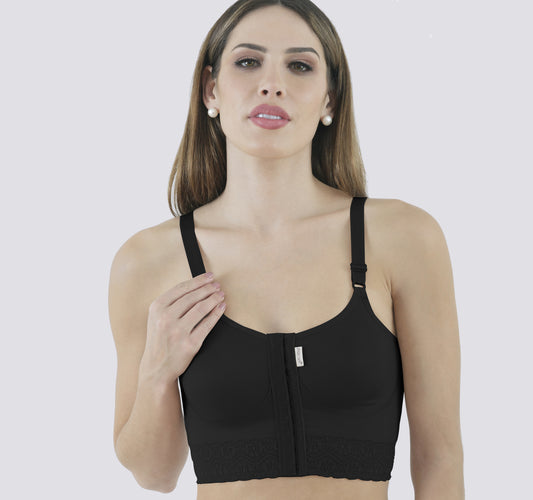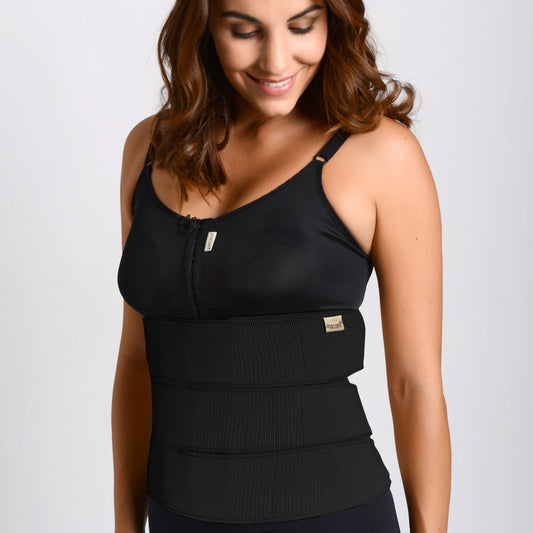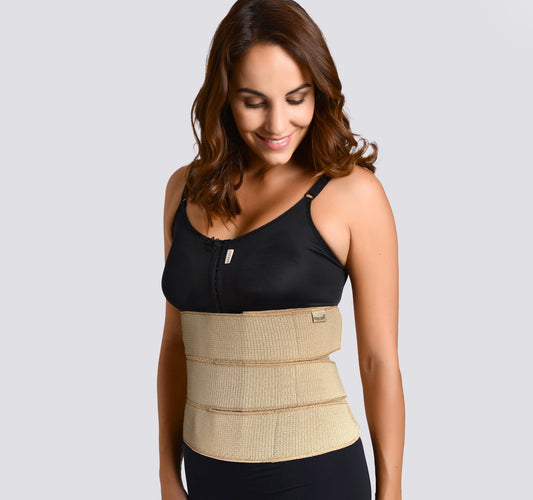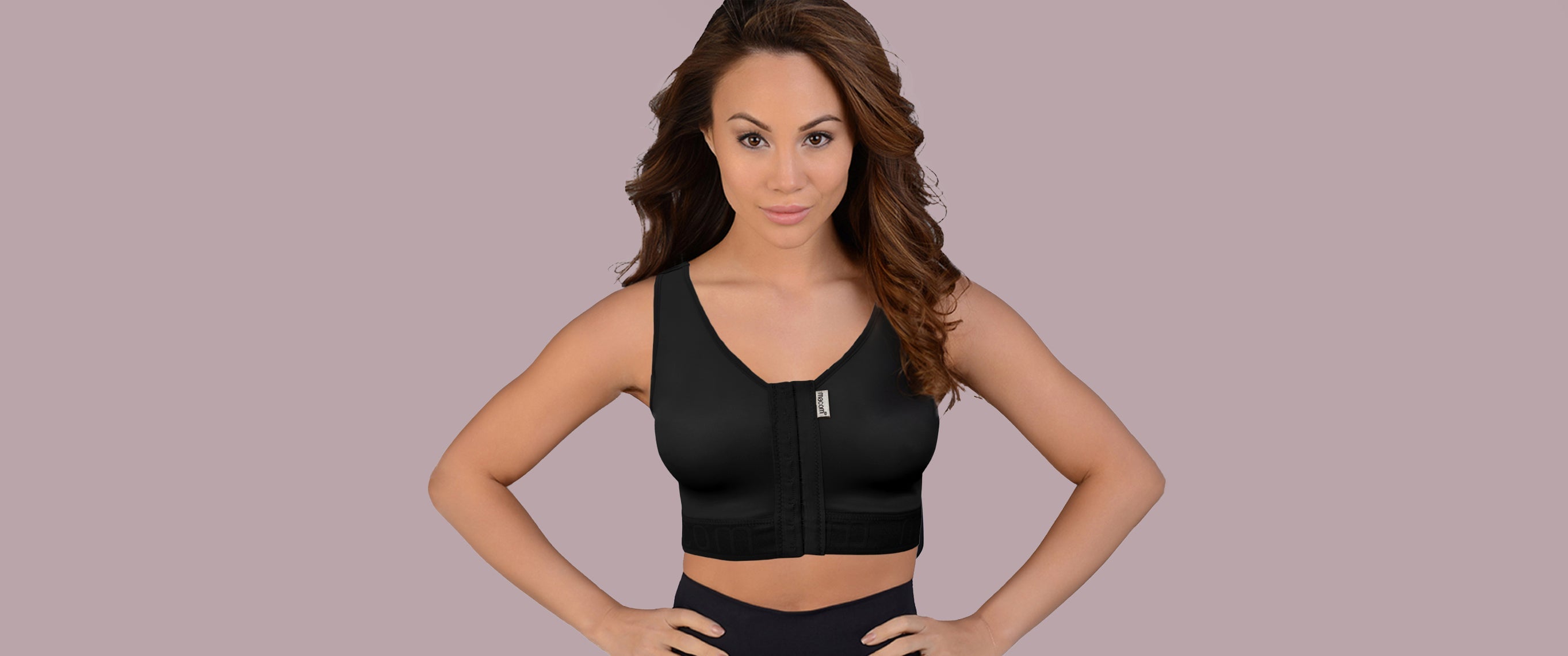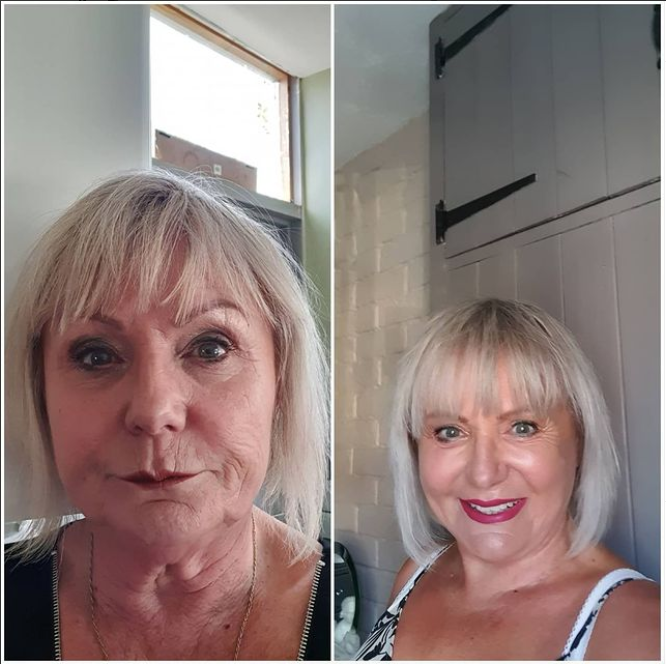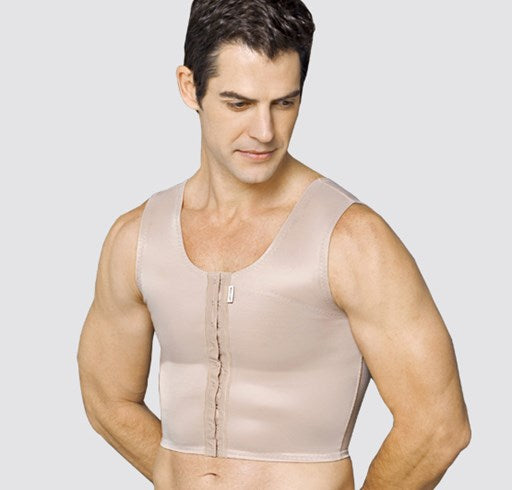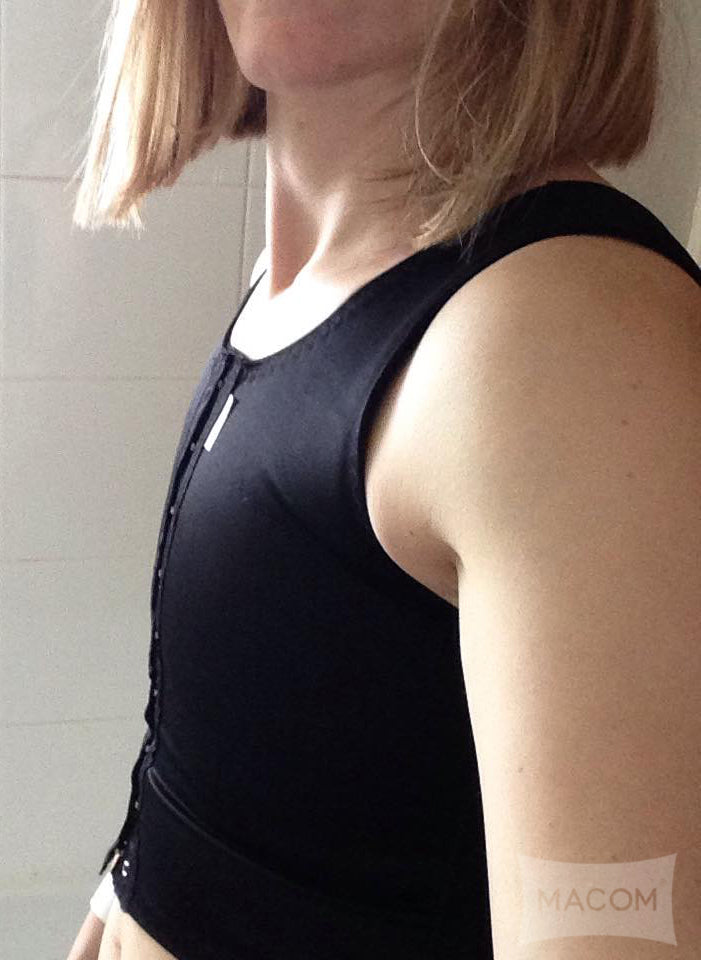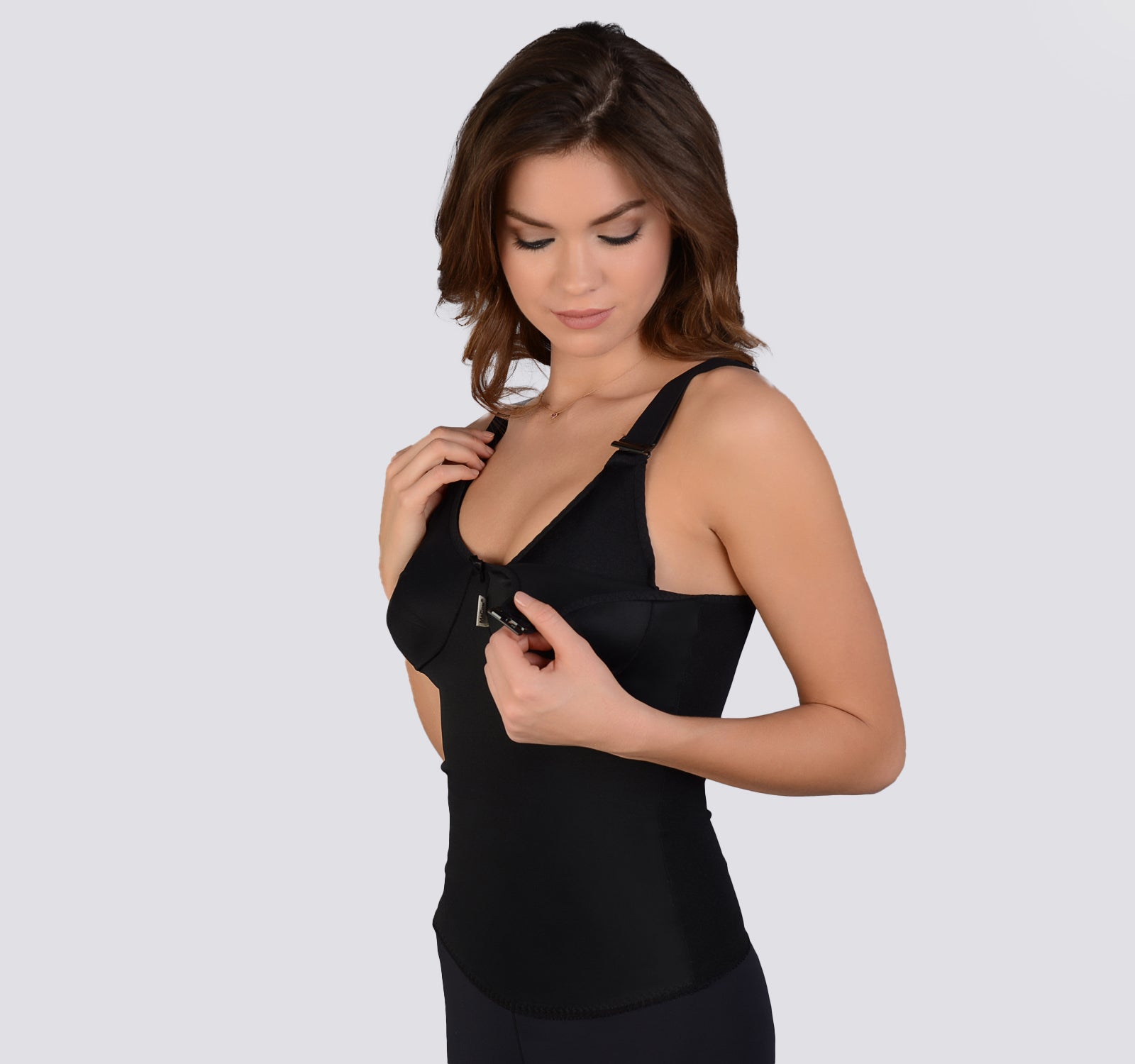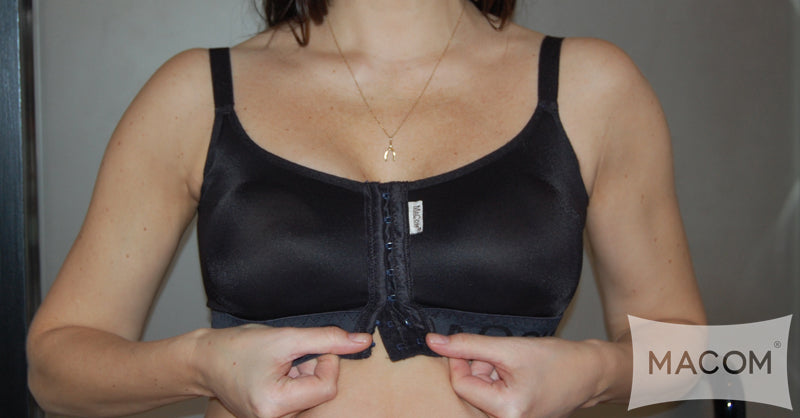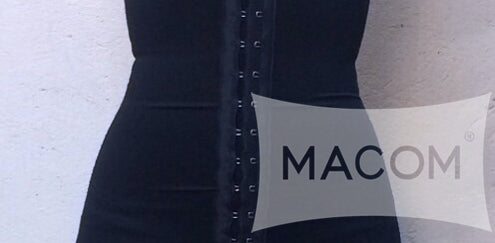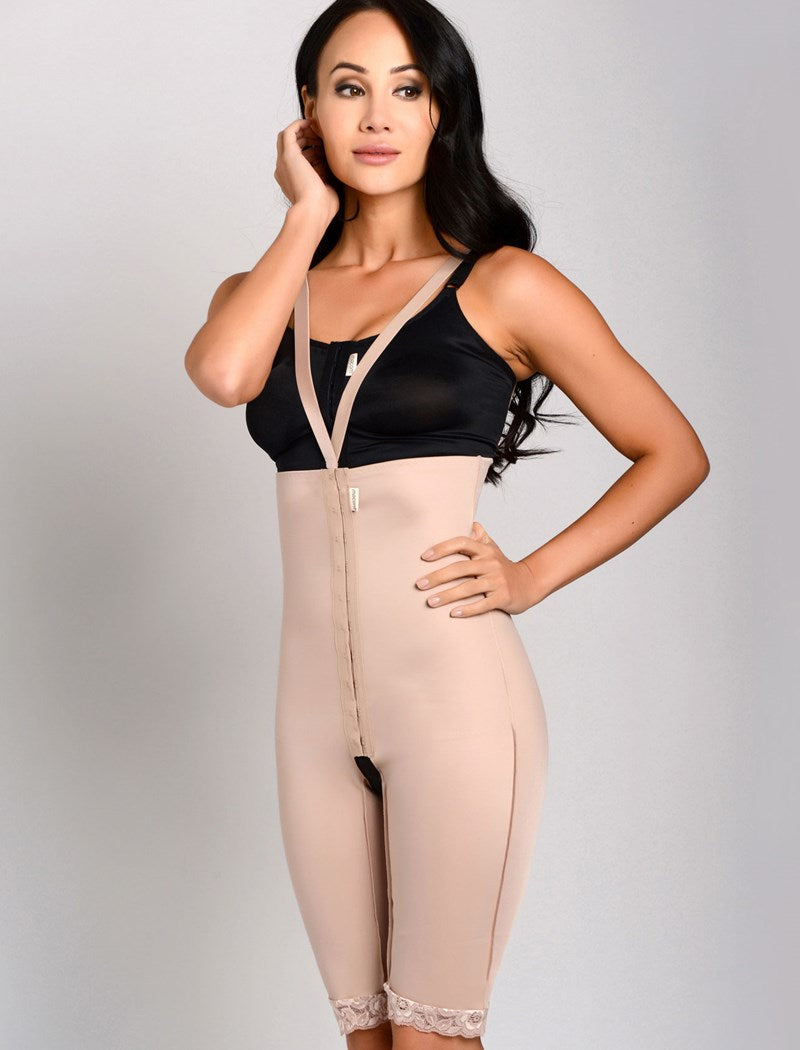Surgical procedures disrupt the body's lymphatic system, which can lead to a range of complications. Lymphatic drainage massages reduce the risk of complications, help promote healing and, alongside the right supportive compression garments, are an important part of the recovery process.
In this article, we explain the benefits of post-surgery massages, when to get them, and what procedures benefit most from lymphatic drainage massages. We also explain how to utilise compression garments alongside post-surgery massages.
What Is The Lymphatic System & Why Does It Need Massaging Post-Surgery?
Your body’s lymph nodes carry white blood cells around the body to remove waste and circulate clean lymph fluid. This fluid carries cells that fight infections and helps maintain good blood circulation.
The lymphatic system is important for the body’s recovery process and it can get damaged during surgical procedures such as cosmetic surgery and cancer surgeries. A lymphatic massage helps the lymphatic system to recover after surgical procedures. A lymphatic massage, unlike a traditional massage, focuses on improving the lymphatic system in the skin rather than on blood flow to muscles.
Benefits Of Post-Surgery Massages
Post-surgical lymphatic massages help a patient in their healing journey post-surgery.
They are used to:
- improve blood circulation
- give the blood more oxygen – which can help to shorten healing times
- decrease inflammation
- improve skin quality – after bruising and damage from surgery
- reduce stress
- reduce scarring of wounds
Lymphatic drainage massages can benefit a range of reconstructive and cosmetic procedures. They are most commonly recommended for cosmetic surgery procedures such as tummy tucks, breast augmentation and liposuction. All of these procedures disrupt the skin’s lymphatic channels that are fundamental to recovery. New lymphatic channels take time to form and lymphatic massages speed this process up.
What Are The Risks Post-surgery If You Don't Have A Lymphatic Massage?
Without lymphatic massages post-surgery, healing times can be slower and lymphoedema can occur.
Lymphoedema is a chronic condition whereby the lymphatic system gets damaged and causes the body's tissue to swell. Although surgery can sometimes be used to treat lymphoedema, it can also stimulate it due to trauma to the lymphatic system. The alternative is decongestive lymphatic therapy, a non-invasive treatment and prevention method for lymphoedema. A large part of decongestive lymphatic therapy includes lymphatic drainage massage.
How To Obtain A Manual Lymphatic Drainage Massage
To reduce the rare but possible event of a blood clot, a manual lymphatic drainage massage should be carried out by a trained massage therapist. The therapist will treat the lymph nodes with slow, regular and low-pressure movements. The massage will cover more than just the affected area and possibly the whole lymphatic system throughout the body, to make sure all areas are drained properly.
In addition, depending on how your recovery is progressing, you or someone assisting you may be able to carry out a simple form of lymphatic drainage massage at home if instructed correctly.
A manual lymphatic drainage massage should start daily, reducing to 2-3 times a week as your recovery progresses.
Post-Surgery Massages At Home
To keep swelling down, a professional practitioner may be able to teach you or a friend a simple lymphatic drainage massage. This basic form of drainage massage can be performed at home, ideally for 20 minutes a day, twice a day.
This will help continue to stimulate the lymphatic system. Any swollen area should not be massaged at this time. Patients with less mobility in their hands should talk to their lymphoedema specialist about purchasing a handheld massager. Some people like to use a soft-bristled baby’s brush as an alternative.
As an example, check out this image for a self-drainage massage technique for the breasts.
How Long After Surgery Can You Have A Massage?
You should not have a post-surgery massage until your incision has fully healed and the wound/scab has formed into a scar. Massaging prematurely could cause reopening or tearing or, more seriously, an infection. No massage should be conducted until at least 2 weeks after surgery, scar or no scar. Check with your surgeon or follow-up healthcare provider before getting a lymphatic drainage massage.
When Should You Not Get A Massage?
You should not have a manual lymphatic drainage massage before your incision has formed into a scar, if you have an infection (cellulitis) in the swollen area or if you have certain medical conditions, such as:
- heart problems
- severe and unmedicated bronchial asthma
- kidney failure
- acute infections
- acute eczema
- fever
- arterial hypotension
- acute phlebitis and thrombophlebitis
- untreated hyperthyroidism
Those taking blood thinner medication should also be cautious about having a manual lymphatic drainage massage as it can cause internal bleeding. Speak to your doctor if any of these conditions affect you before undergoing any type of massage.
Can Massages Cause Blood Clots?
Whilst you may perform a simple lymphatic massage at home, a significant reason to leave your manual lymphatic drainage massage to a professional is that if not done properly, although rare, it can lead to a blood clot. In particular, if you have a heart condition, the change in blood flow can affect the heart and circulatory system, possibly affecting blood pressure and increasing blood clot risk.
H2: Combining Compression Garments And Post-surgery Massages Makes Recovery As Painless And Fast As Possible
According to The NHS, there are 4 components to help the lymphatic system post-surgery, otherwise known as decongestive lymphatic therapy:
- compression bandages
- skin care
- rehabilitation exercises
- lymphatic drainage massages
These all help drainage which moves fluid out of the affected limb and minimises further build-up.
Compression garments should be worn after a massage session to prevent fluid from accumulating in the limb again and to extend the benefits of the massage longer term. Compression garments improve circulation in the body, which increases the supply of oxygen throughout the body and reduces swelling.
Find out more about how compression garments help with post-surgery recovery
Which Procedures Benefit Most From Massages?
Lymphatic drainage massages help the recovery process of all invasive tissue surgeries.
Breast Surgery
Lymphoedema is a common occurrence for those recovering from cancer surgeries, such as breast cancer surgery, making lymphatic drainage massage especially important to prevent this from occurring.
Lymphatic drainage post breast augmentation surgeries helps to prevent capsular contracture, a hardening of the scar tissue around the implants. Lymphatic drainage massages reduce fluid build-up and excess waste that can cause capsular contracture.
Facelifts
Facelift procedures cause soreness and tenderness due to the manipulation of skin tissue. Lymphatic massages on the face will soothe the pain receptors and promote faster recovery and reduce swelling by boosting blood circulation. This is done through gentle upward strokes.
Scar massages keep your cosmetic surgery looking natural by reducing scarring. Scar massages also help the movement around scars post-surgery, which is especially beneficial for scars that form after orthopaedic surgeries in the knees and other joints.
Liposuction and Tummy Tucks
Lymphatic drainage massages are beneficial after liposuction or tummy tuck surgery because they help to enhance circulation and improve lymph flow. This helps decrease swelling, edema, scarring from incisions, pain and bruising, prevents/decreases the severity of fibrosis and improves overall results and recovery time.
Our Compression Garments Are Made With Manual Lymphatic Drainage Therapist Advice In Mind
Lymphatic drainage massages, compression bandages and other decongestive lymphatic therapy techniques are highly beneficial to the recovery process post-surgery. The macom® team has, for years, worked closely with certified manual lymphatic drainage (MLD) therapists ensuring that all our compression garments and bras are observing the best protocols for further speeding up the recovery time for patients. Purchase your compression garment now, specific to your procedure and size.

